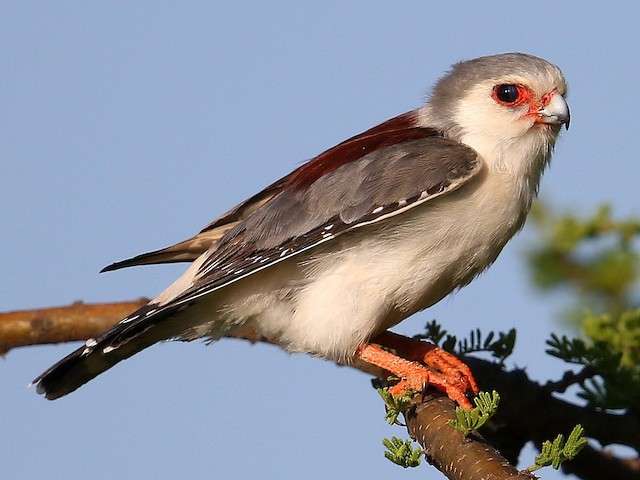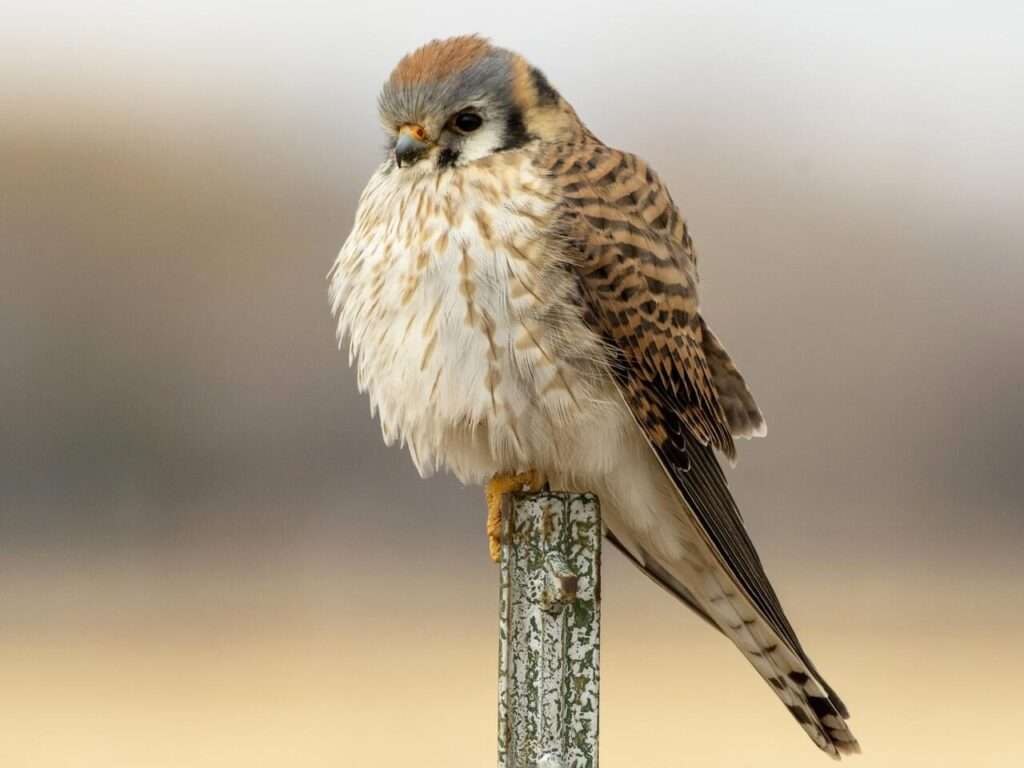
Description
Life span: Upto 6 years
The White-tailed Kite attracts attention when it is flying over wide-open fields. The kite’s upper body is primarily grey with striking black shoulders. With a light grey stripe running down the middle of the upper side, its tail is white above and below. From below, the kite’s body appears white, with black wrist patches and gray-black primaries. Its head is primarily white, with red eyes. Although juveniles resemble adults, the majority of their bodies are covered in a buffy wash. The kite’s long, pointed wings are frequently retained in a dihedral position when flying. The white-tailed kite resembles a gull in coloring, but it has a rounded tail and a falcon’s form and flying. Underneath, it is primarily white with black wingtips and shoulders. It is a medium-sized kite that is 35–43 cm long, 88–102 cm wide at the wings, and 250–380 g in weight. The tarsus measures around 3.6 cm in length, and the wings and tail are both fairly long.
After the species was divided, the Black-shouldered Kite was renamed the White-tailed Kite, and the North American birds adopted the new name.

Native Region/Habitat
Parts of Western North America, Central America, and South America are home to white-tailed kites. These birds can be found in coastal regions, marshes, river valleys, grasslands, savannas, and shrublands. They can be discovered in both urban and rural locations.
Behavior
As diurnal birds, white-tailed kites hunt during the day by flying over or patrolling lowland grassland or scrub in search of prey. The bird swoops down on its prey with its talons extended when it spots it. White-tailed kites call “plee-wit, plee-wit” when they feel threatened; they utilize shrills and whistles to fight off other birds. The birds whistle a “keep-keep-keep” when they are at the nest to communicate. In groups of up to 100, white-tailed kites are gregarious birds that frequently roost together outside of the breeding season. However, during the breeding season, they become extremely territorial and may fight one another in the air, locking talons in a practice called “grappling,” near the edges of their territories.
As a pet/In captivity
It’s unlikely that this species of bird will make a nice pet. They must eat live rats since they are naturally fierce. It is so challenging to take care of them and perform the necessary maintenance for this species.
Table





